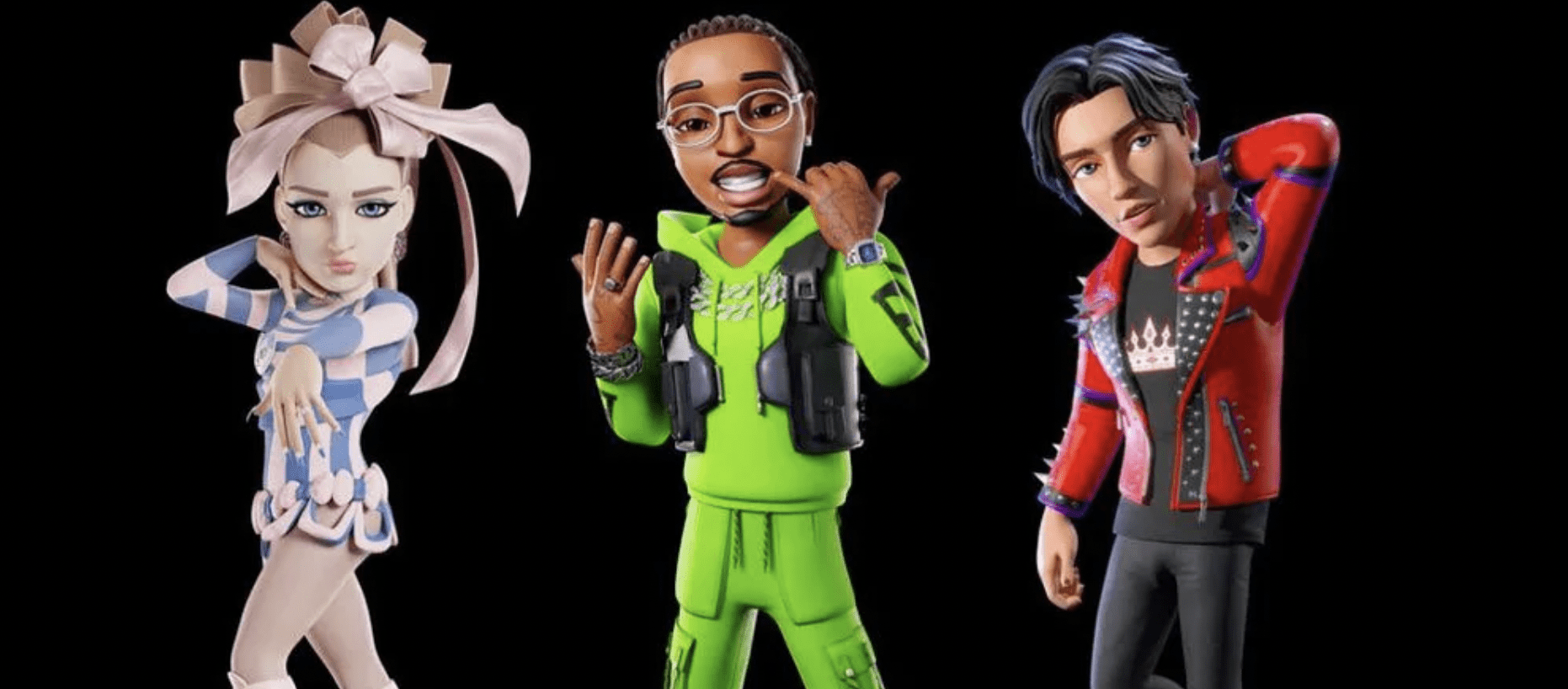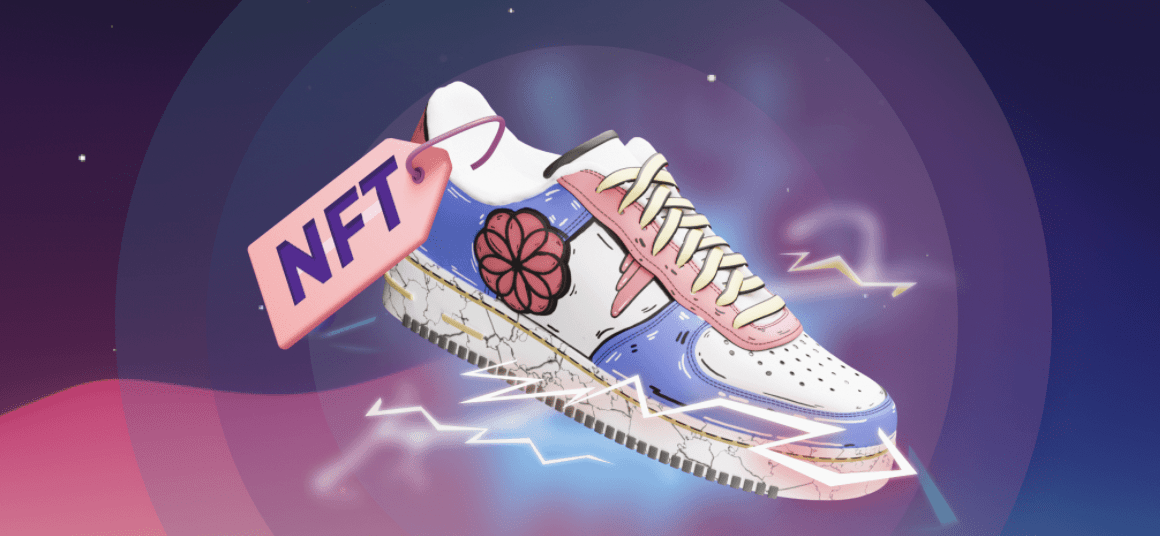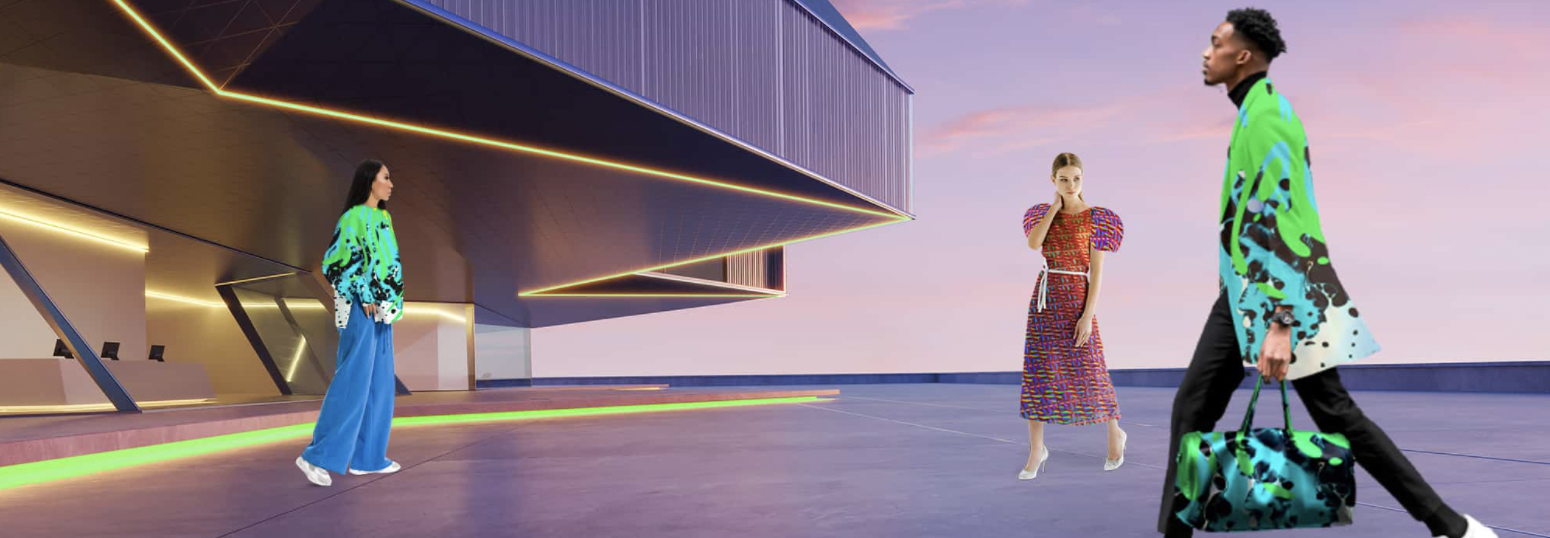
It’s time to start thinking about fashion in the metaverse. We know the fashion industry is embracing the metaverse. But how will fashion in the metaverse redefine how we think of fashion as a whole?
Many fashion companies are looking to capitalize on the rise of virtual worlds, and some even acquiring metaverse companies to help guide their future metaverse strategy.
There are all sorts of new possibilities one must consider now. We know high-fashion brands become established because of their exclusivity, but will we see more inclusivity in the universe? Will the metaverse allow for more freedom for both designers and consumers? What does this mean for office dress codes?
Let’s take a closer look.
Metaverse fashion = creativity without limits

Many experts are already pointing out that the metaverse can be an incredibly inclusive place, with Meta recently including avatars for disabled people. Those who are nonbinary or trans can also express their gender through avatar. The metaverse can also be a way for individuals to express alternate identities in the metaverse that they may not be ready to embrace, or feel safe embracing, in the real world. For others, your avatar and virtual clothes just represent who you “want to be” on that particular day in the metaverse.
The beauty of the metaverse is it doesn’t just allow fashion companies to sell innovative clothes. It also allows for many other ways to profit. Gucci released a fashion film that sold for $25,000 through Christie’s. Louis Vuitton decided to release a game for its 200th anniversary that featured NFTs, and they partnered with Beeple to create 10 of the NFTs.
The metaverse doesn’t just allow for more creative avatars, but also for more freedom for designers, creatives, and fashion companies in general. Whether it’s NFTs, virtual fashion shows, or gaming partnerships, expect more creative and interactive experiences from the fashion sector.
The rise of “phygital fashion”

One of the most important concepts for the metaverse to succeed is the idea that the physical and digital world have already intertwined. Billions of people all over the world remain connected through social media, so why would having virtual clothes be that much different from owning physical clothes?
There are new opportunities to combine both physical and digital worlds within the same product – purchasing an NFT in the metaverse might trigger a real-world perk, like an exclusive Balenciaga bag may come with an NFT of the bag. A fashion show can also now be a hybrid fashion show, taking place in the physical world and the metaverse at the same time.
The rise of phygital fashion is here, but it’s all very early. Why wouldn’t the fashion industry embrace phygital fashion, especially since the fashion sector already struggles with supply chain issues? Virtual products can be a much more direct and profitable way for fashion brands to generate revenue.
Virtual models as influencers

It’s 2030 and you’re scrolling through Instagram, which is integrated into Meta’s metaverse. You notice a beautiful, well-dressed model named Lulu who’s wearing a Balenciaga dress you’ve never seen before, and she looks to be about 22. She also has 10 million followers.
After a little digging, you find out Lulu isn’t a real person. She’s Balenciaga’s new virtual influencer, and while she might be pleasing to the eye, she isn’t a human being. The truth is we don’t have to wait until 2030: virtual influencers like Miquela Sosa already exist and are already collaborating with fashion organizations. Virtual influencers can even achieve higher engagement rates than… well…. actual human influencers.
This can be a gamechanger for fashion designers. Fashion houses may end up creating their own virtual influencers who can essentially become “lifetime” marketing initiatives for particular brands. Instead of fashion brands paying celebrities millions of dollars to advertise their clothing, why not just debut their new clothes on a rising virtual influencer who connects with their core demographic?
The future of fashion in the metaverse

The metaverse can allow fashion designers and companies to promote their brand in engaging and interactive ways. The metaverse not only allows people to express themselves in new ways through digital avatars, but it also allows fashion companies to be more innovative regarding their marketing campaigns and brand messaging. It’s also possible that broader metaverse trends will also affect the role of fashion in the metaverse.
The pandemic already proved we rely on the digital world much more than we may have realized. Fashion has a tremendous impact on human culture, and it’s only logical that fashion brands will soon be able to make billions of dollars, not only in this world, but in virtual worlds, as well. After all, they’re already making money in the metaverse.
About the Author

Michael Hearne
About Decentral Publishing
Decentral Publishing is dedicated to producing content through our blog, eBooks, and docu-series to help our readers deepen their knowledge of cryptocurrency and related topics. Do you have a fresh perspective or any other topics worth discussing? Keep the conversation going with us online at: Facebook, Twitter, Instagram, and LinkedIn.


